Last updated on June 23rd, 2022
Birth and Formation of the Atlantic
1. Formed back in the Jurassic Period, around 180 million years ago, Atlantic is the youngest of the world’s five great oceans.
2. Way before that, i.e., hundreds of millions of years ago, there was only one giant landmass on the face of the earth—now known by the name Pangaea. Then, in the Jurassic period, Pangaea began to break up due to plate tectonics and continental drift and landmasses in the Eastern and Western hemisphere began to drift apart, thus opening up the space for the Atlantic Ocean basin. This duly filled up over time, thus becoming the ocean we know today as the Atlantic.
3. If we look at the map, we will find that the continental coastlines or edges of North and South America and those of Europe and Africa ALMOST make for a perfect fit (if we could put them together, as in a jigsaw puzzle). This strongly supports the theory of the Continental Drift.
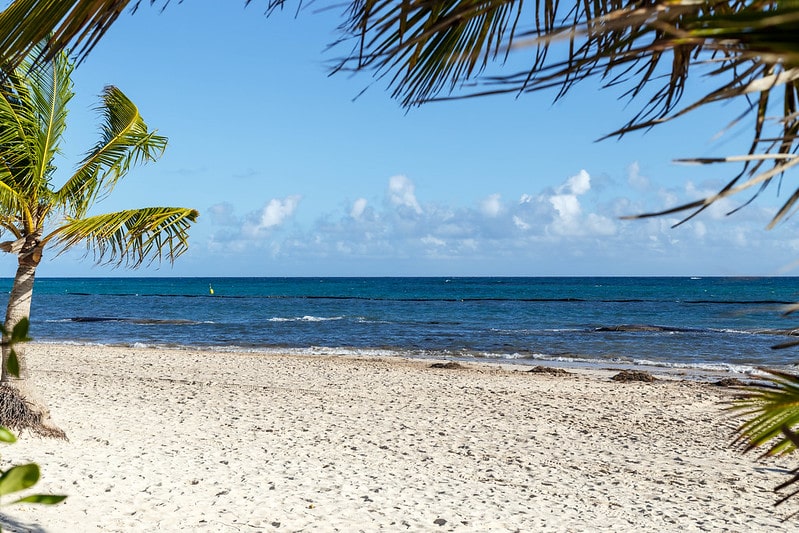
Name and History
4. The word “Atlantic”, or rather “Atlantikos” in Greek, literally means the ‘sea of Atlas’. In Greek mythology, Atlas was the head of the titans who waged war against the Olympian gods and having subsequently lost, was punished by Zeus. The Greek poet Stesichorus is believed to be the first person to use the word ‘Atlantikos’ around 600 BC. In written form, the word arguably makes its first appearance in Herodotus’ The Histories, written round 450 BC.
5. According to modern etymology, the term initially referred to North Africa’s Atlas Mountains and its adjoining seas and was only later extended to the whole of the ocean.
6. Over time, the ocean has gone by several other monikers as well, such as ‘Great Western Ocean’, ‘Ocean Sea’ and more. However, in modern times at least, the jocularly diminutive way of describing it as ‘the pond’ seems to have caught the fancy of the English-speaking world at both sides of the ocean (or the pond!). And according to sources, regardless of the actual vastness of the ocean, the term…the pond, i.e.,… has been popular ever since 19th century!
7. Another interesting fact regarding the ancient notions about the ocean: some illustrious Greeks including Eratosthenes and Aristotle believed the Atlantic to stretch from Spain through Africa to all the way to India!
Other Facts
8. Including those in Europe, Africa and the Americas, 52 different nations in total have shorelines along the Atlantic. The ocean’s coastline measures an approximate 111,900 kilometers.
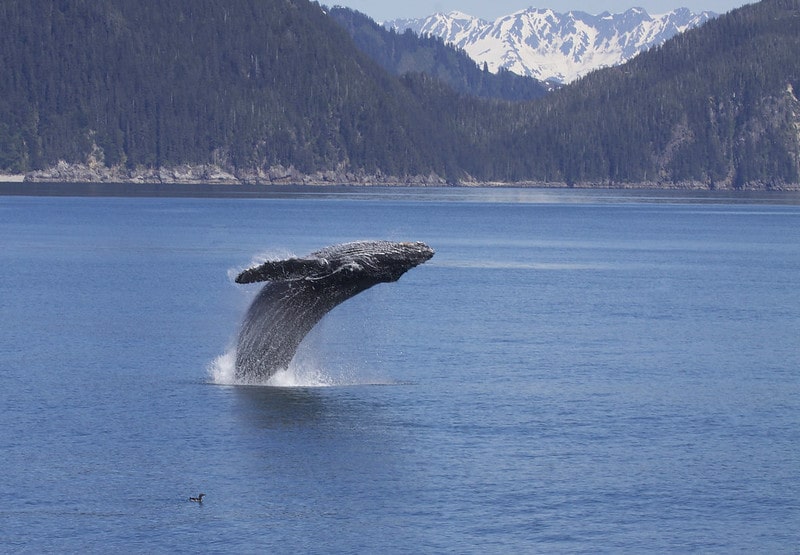
9. The ocean is subdivided by the equator into The North and The South Atlantic and both cover roughly the same surface area. The North Atlantic is, however, richer than its southern counterpart in terms of the variety of its coastline, and its numerous bays, gulfs and tributary seas. The latter include, among others, Mediterranean, Black, North, Baltic and Norwegian seas on the east and Baffin and Hudson bays, gulfs of St. Lawrence and Mexico and Caribbean Sea on the west.
10. The average depth of the Atlantic Ocean is 3,300 meters and this is across a total area of 106,460,000 square kilometers covered by the ocean! To put that into perspective, Mount Elbrus, the premier peak in Europe, stands at an elevation of 5,642 meters at its highest point.
11. On the other hand, the ocean is at its greatest depth (8,486 meters) in the Puerto Rico Trench, at an area called the Milwaukee Depth. And that is about a bare 400 meters shy of Mount Everest‘s highest elevation point.
12. Talking of mountains, the Atlantic Ocean hides underwater a mountain range, dubbed Mid-Atlantic Ridge, that runs for almost 10,000 miles (double the mountain range size of Andes) from Greenland to the Cape of Good Hope in South Africa, breaking the surface of the waters in a few spots only.
13. The Atlantic is also home to some of the biggest islands on earth, including the biggest, Greenland. Other large islands include Ireland, Great Britain and Cuba.
14. However, compared to other major oceans in the world, the Atlantic actually has fewer islands (most of which are volcanic in origin and are found in their greatest concentration around the Caribbean Sea region). The Pacific Ocean, in contrast, contains over 25,000 islands.
15. The Atlantic is the saltiest of world’s all five major oceans. The high salinity is primarily due to the Antarctic Ice Sheet and global mountain ranges.
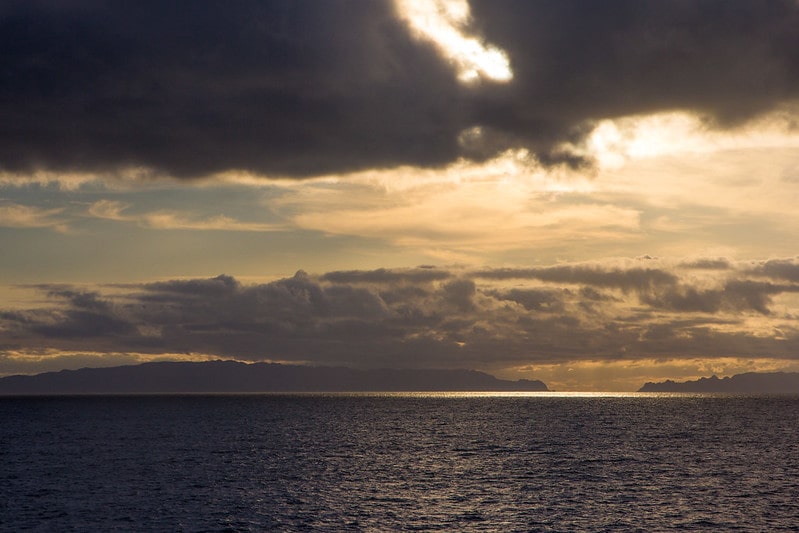
16. The Atlantic receives about half of the world’s drainage. With continents on both sides sloping toward it, a great proportion of the world’s major rivers flow into the ocean and its tributaries.
17. One section in the northwestern Atlantic is dubbed ‘Iceberg Alley’ for the great number of icebergs that dot that section of the ocean, posing considerable risks to ships that journey through the ‘alley.’ Having broken off from Arctic glaciers, these icebergs make their way down to the North Atlantic Ocean over a long period of time.
18. We all know the story of the ocean liner RMS Titanic that sunk on its maiden voyage across the Atlantic as a result of a sideways collision with a huge iceberg. But what about the story of the said iceberg? It appears that it began its southwards journey from the Arctic Seas OVER THREE THOUSAND YEARS AGO, which roughly makes it a contemporary of King Tutankhamen! It was, however, not to live long post the demise of the ship. It had already veered off way too south than is normal and safe for icebergs to do and, as a result, melted away about two years after the sinking of Titanic.
Under the Waters
19. The ocean’s coast along southern Africa contains diamonds and other precious stones. In 2017, the marine diamond mining company, Debmarine Namibia, produced 1.378 million carats of diamond. The company, a joint venture between diamond giant De Beers and the Namibian Government, runs six crawler ships along the coast of Namibia and which comb the ocean round the day, sucking sediments off the ocean floor.
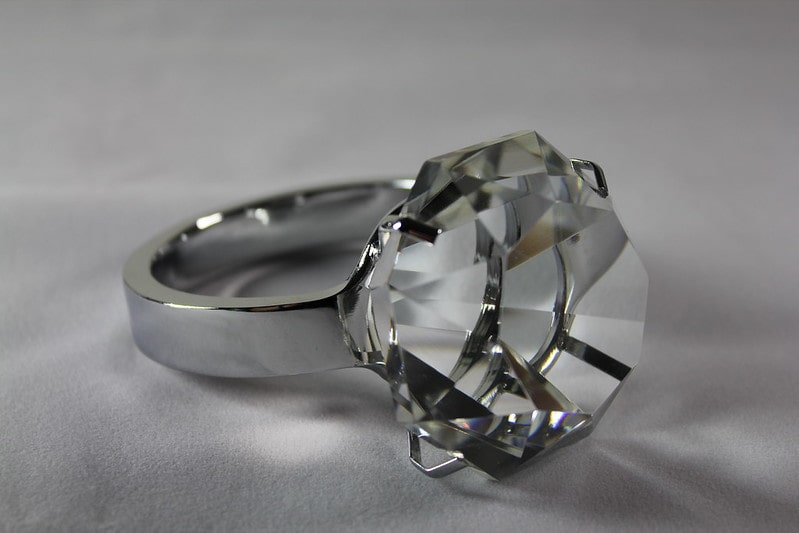
20. The Atlantic Ocean is home to an incredible variety of marine life, including species that are already labeled as endangered. The latter include, among other, sea lions, humpback whales, manatees, seals, green sea turtles, dolphins, petrels, auks and albatrosses. Many of these species are reported to be gradually disappearing as a result of industrial pollution, accidental net fishing, overfishing, and aggressive sea mining (as in the mining for diamonds mentioned above).
21. Hailed as the world’s richest waters for fishing, the Atlantic Ocean is home to more than half the world’s fishing grounds.
22. The coelacanth, a fish believed to be extinct for over sixty million years, was caught alive in the waters of the Atlantic back in 1938.
23. The largest number of nesting sea turtles is found in the Atlantic Ocean and the overwhelming majority of them actually live in the coastal waters bordering the US state of Florida.
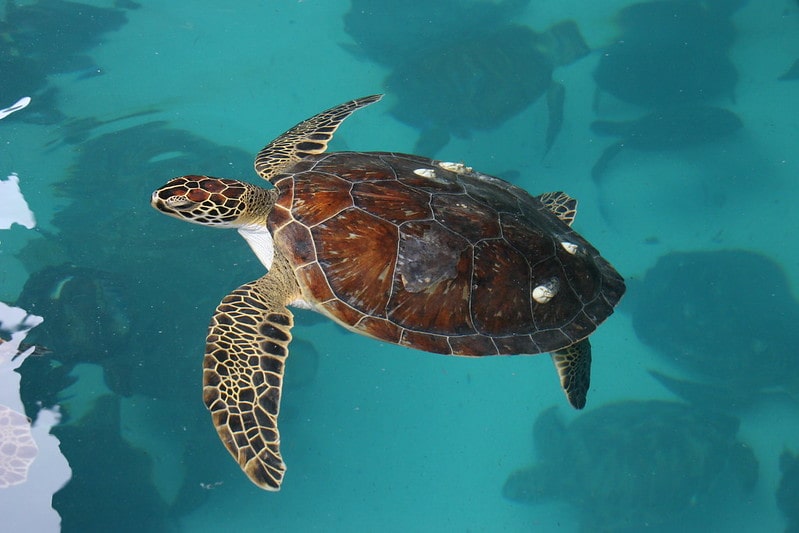
24. The Atlantic Ocean is a vast reservoir of natural wealth, including oil and natural gas, aragonite sands and gravel, precious stones, polymetallic nodules, placer deposits and fish. However, economic activity around these resources is increasingly proving to be hugely detrimental to the rich marine environment of the ocean.
25. In fact, we still know way too little about the underwater environment (marine life, natural wealth deposits, and so on) of the Atlantic as well as of other oceans. According to oceanographers, mankind as of yet has explored less than 5 percent of the world’s oceans. For example, the MAR or the Mid-Atlantic Ridge mountain chain we mentioned earlier is actually less explored than the surface of Mars or Venus.
26. Recently, the scientists have begun mapping the Atlantic’s floor with the help of sonar waves.
Crossing the Atlantic
27. The Atlantic happens to be the world’s first major ocean to be crossed by both ship and airplane.
Ships
28. Of course, it all started with Christopher Columbus’ ambitious expedition to India that went awry big time. In the process, however, the Italian explorer became the first man in history to make a transatlantic voyage from Europe all the way to the New Land aka America. Eventually, the navigator will end up completing four voyages across the ocean.
29. In September 1620, a batch of English Puritans set sail to America on a 66-day voyage. This was a landmark journey across the Atlantic as it set into motion the famous 20-year period now known as the ‘Great Migration’ during which more than 20,000 English fled their fatherland to escape religious persecution and ended up settling down at the modern day New England.
30. However, more than a century before that, Englishman John Cabot had already completed three successful voyages from Bristol to North America (landing in Canadian Maritimes and/or Newfoundland).
31. The first steamship to cross the Atlantic, in 1819, was SS Savannah. This was an American sidewheel steamer/sailing ship hybrid. Although a historic voyage, it failed to become a commercial success.
32. In 1850s, Cunard Line became the first company to make transatlantic voyages with passengers aboard.
33. Nikola Primorac di Costa and John Charles Buckley were the first persons to cross the Atlantic on a lifeboat. They performed the feat aboard their small lifeboat ‘City of Ragusa’ and crossed the ocean beginning their journey from Queenstown, County Cork and ending up at Boston.
34. In 1896, compatriots George Harbo and Frank Samuelsen from Norway became the first ever individuals to row their way across the Atlantic Ocean.
Airplanes
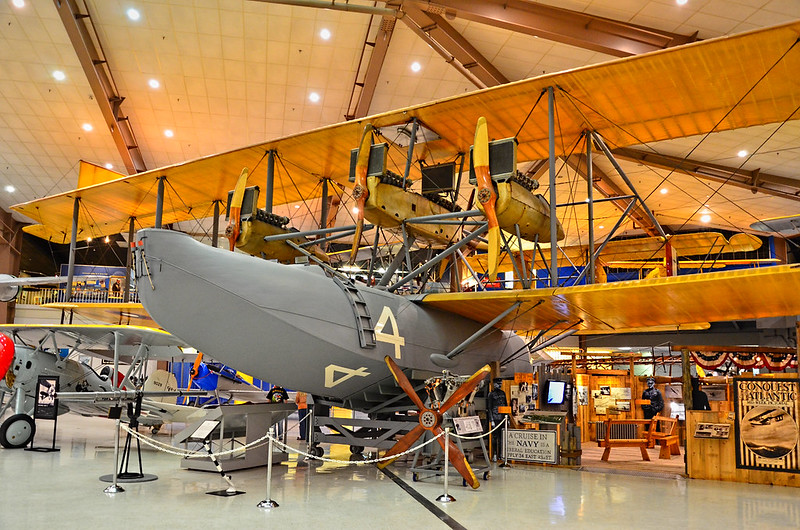
35. On May 1919, three American NC-4s (Navy flying boats) took off from New York City with the plan to cross the Atlantic. However, only one of them succeeded in completing the mission, thus making the NC-4 (Navy-Curtiss 4) the first airplane in history to cross the Atlantic, albeit in multiple stages.
36. However, it was a British airplane (Vickers Vimy) that won the accolades for making the first non-stop transatlantic flight when it flew non-stop from Newfoundland to Ireland later that same year. The plane was piloted by Brown and Alcock.
37. Eight years later, in 1927, Charles Lindbergh became the first man to complete a solo non-stop transatlantic flight.
38. The first female aviator to perform a non-stop transatlantic flight was Amelia Earhart. Following closely on Lindbergh’s heels, Earhart completed the flight in 1928 from Newfoundland to South Wales accompanied by fellow pilot Wilmer Stultz. Four years later, she would improve on this feat by becoming the first female pilot to fly solo across the ocean.
. . . continue reading on the next page
